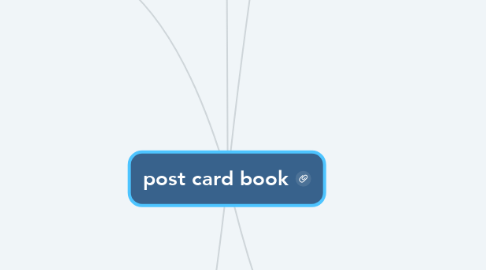
1. book specifications
1.1. size/dimensions
1.2. pages
1.3. designing
1.4. font
1.4.1. size
1.4.2. style
1.5. cover page
1.5.1. eye catching
1.6. right theme
1.6.1. relatable
1.6.2. easy to understand
1.7. being original
1.8. deciding art style
1.8.1. digital
1.8.2. hand drawn
1.9. legalities and copyrights
1.10. postcards or just drawings
1.11. outlined ones and coloured art pieces
2. reflection
2.1. from
2.1.1. peer
2.1.2. self
2.1.3. experts
2.1.4. teachers
2.1.5. target audience
2.1.6. supervisor
2.2. through
2.2.1. surveys
2.2.2. feedback boxes
2.2.3. direct feedback
2.2.4. social media
2.2.5. live feedback
2.3. questions
2.3.1. what went well
2.3.2. improvements
2.3.3. was it helpful?
2.3.4. their learnings
2.3.5. design
2.4. comparing it to the success criteria
3. applying skills
3.1. drafts
3.1.1. improving
3.1.2. implementing feedback
3.1.2.1. supervisors
3.1.2.2. peers
3.1.2.3. target audience
3.2. illustrating
3.2.1. digital/hand drawn
3.2.2. colour palette
3.2.3. art style
3.2.4. ways to portray
3.2.5. character development
3.3. advertising
3.3.1. social media platforms
3.3.1.1. instagram
3.3.1.2. facebook
3.3.1.3. google ads
3.3.2. websites
3.3.3. posters
3.3.4. email marketing
3.4. making the actual drawing
3.4.1. trial and error and then finalising
3.4.1.1. deciding each element
3.4.1.2. deciding position of each element
3.4.1.3. rough layouts
3.4.1.4. sketching every element in detail
3.4.1.5. positioning of each element
3.4.1.6. making the actual sketch
3.4.1.7. using fine liners to go over it
4. investigation
4.1. through
4.1.1. internet research
4.1.2. books
4.1.3. articles
4.1.4. interviews
4.1.5. surveys
4.1.6. videos
4.1.7. asking experts
4.1.7.1. illustrators
4.1.7.2. artists
4.2. research on
4.2.1. art styles
4.2.2. art techniques
4.2.3. inspiration
4.2.4. tips
4.2.5. where will it be useful
4.2.6. topics for the art
4.3. ideation
4.3.1. what?
4.3.2. why?
4.3.3. is it helpful?
4.3.4. learning?
4.3.5. feasebility
4.4. looking at other books
4.4.1. inspiration
4.4.2. research market
4.5. spending time with audience
4.5.1. their likings
5. planning
5.1. target audience
5.1.1. everyone (mostly teenagers and adults)
5.2. making timelines
5.2.1. stages and schedules
5.2.1.1. ideation
5.2.1.2. research
5.2.1.3. drafts
5.2.1.3.1. illustrating
5.3. meeting supervisors
5.3.1. subject preferences
5.3.1.1. art
5.3.2. talking to them
5.3.3. getting ideas and feedback
5.3.4. improving and implementing feedback
5.4. budget
5.4.1. printing cost
5.4.2. binding cost
5.4.3. marketing cost
5.4.4. hidden costs
5.5. equipment and resources
5.6. deadlines ans submissions
5.7. setting success criteria
5.8. art topics
5.8.1. what to make art on?
